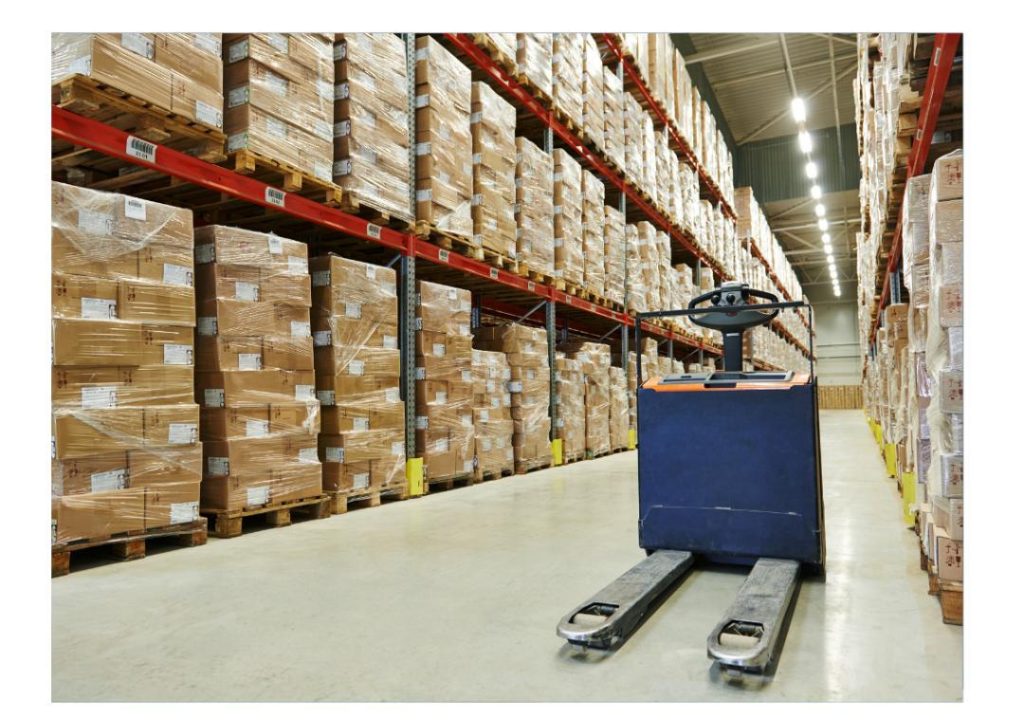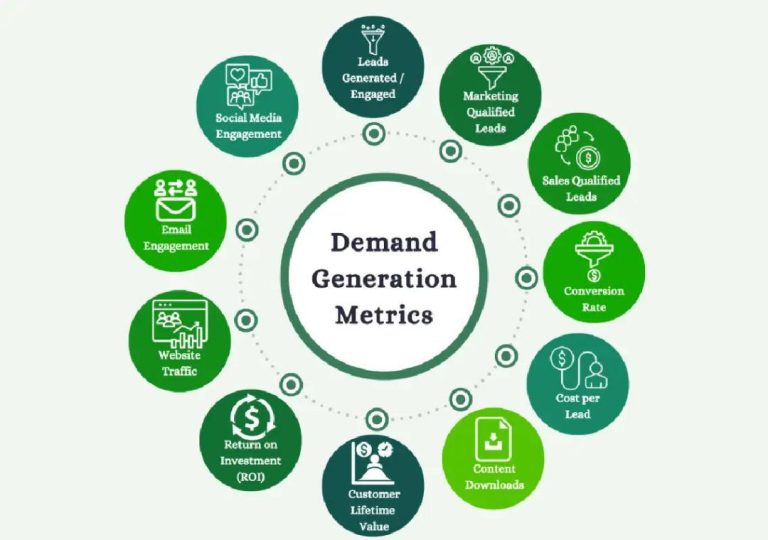
Is Hyperlocal Warehousing the Future?
The retail landscape has undergone significant transformations in recent years, driven by the rise of e-commerce, changing consumer behavior, and the need for faster and more efficient delivery options. Amidst this turmoil, a new concept has emerged: micro-fulfillment centers, also known as hyperlocal warehousing. These compact, strategically located facilities are revolutionizing the way retailers approach last-mile logistics and are poised to play a crucial role in the future of retail.
What are Micro-Fulfillment Centers?
Micro-fulfillment centers are small-scale warehouses, typically measuring between 5,000 to 50,000 square feet, strategically located within city zones. These dark stores, as they are often referred to, are designed to facilitate ultra-fast delivery times, typically within the same day or even within the hour. By leveraging advanced technology, including predictive algorithms and compact inventory management systems, micro-fulfillment centers optimize shelf space and streamline order picking, transforming the traditional retail experience from shelf-based browsing to app-based instant ordering.
The Rise of Q-Commerce
The proliferation of micro-fulfillment centers is closely tied to the emergence of Q-commerce, a fast-growing retail segment that prioritizes speed and convenience above all else. Q-commerce, short for “quick commerce,” is driving the demand for hyperlocal warehousing, as consumers increasingly expect same-day or next-day delivery for their online orders. This shift is particularly evident in urban areas, where consumers are more likely to prioritize convenience and speed over product selection.
Benefits of Hyperlocal Warehousing
Micro-fulfillment centers offer several advantages over traditional fulfillment centers, including:
- Faster Delivery Times: By locating warehouses closer to customers, micro-fulfillment centers can significantly reduce delivery times, making same-day or next-day delivery a reality.
- Increased Efficiency: Compact inventories and optimized shelf space enable faster order picking and packing, reducing labor costs and improving overall efficiency.
- Improved Customer Experience: Q-commerce’s focus on speed and convenience creates a seamless customer experience, with orders fulfilled in a matter of hours, rather than days.
- Reduced Carbon Footprint: Hyperlocal warehousing reduces the need for lengthy transportation routes, resulting in lower carbon emissions and a more sustainable supply chain.
- Enhanced Data Analysis: Micro-fulfillment centers can leverage predictive algorithms to analyze consumer behavior, inventory levels, and delivery patterns, providing valuable insights for retailers to optimize their operations.
Case Studies: The Future of Retail
Several retailers have already adopted micro-fulfillment centers to power their Q-commerce strategies, with impressive results:
- Grocery Retailer, Instacart: Instacart, a leading grocery delivery service, has partnered with micro-fulfillment center operator, Takeoff Technologies, to launch a network of dark stores across the United States. These facilities enable same-day delivery of fresh produce and household essentials.
- Convenience Store Chain, 7-Eleven: 7-Eleven has invested in a network of micro-fulfillment centers to support its same-day delivery service, 7NOW. These facilities enable customers to order groceries, beverages, and other essentials online and receive them within hours.
- E-commerce Platform, Joom: Joom, a global e-commerce platform, has launched a micro-fulfillment center in Singapore to support its same-day delivery service. This facility enables customers to order products online and receive them within a few hours.
Challenges and Opportunities
While micro-fulfillment centers offer numerous benefits, there are also challenges to consider:
- Higher Operational Costs: Micro-fulfillment centers require significant upfront investments in technology, labor, and infrastructure.
- Inventory Management: Managing inventory levels and optimizing shelf space can be complex, particularly for retailers with diverse product offerings.
- Supply Chain Integration: Seamless integration with suppliers and logistics providers is crucial to ensure a smooth and efficient supply chain.
Despite these challenges, the future of retail is likely to be shaped by micro-fulfillment centers. As Q-commerce continues to gain traction, retailers will need to adapt to changing consumer expectations and prioritize speed, convenience, and sustainability. Hyperlocal warehousing offers a powerful solution, enabling retailers to optimize their operations, reduce costs, and provide a superior customer experience.
Conclusion
Micro-fulfillment centers are revolutionizing the retail landscape, powering the backbone of Q-commerce and transforming the way retailers approach last-mile logistics. By leveraging advanced technology and compact inventories, these dark stores optimize shelf space and streamline order picking, creating a seamless customer experience. As the retail industry continues to evolve, it is likely that hyperlocal warehousing will play a crucial role in shaping the future of retail.
Source:
https://www.growthjockey.com/blogs/quick-commerce-changing-traditional-retail-industry






